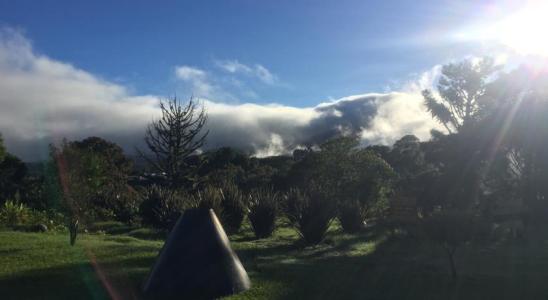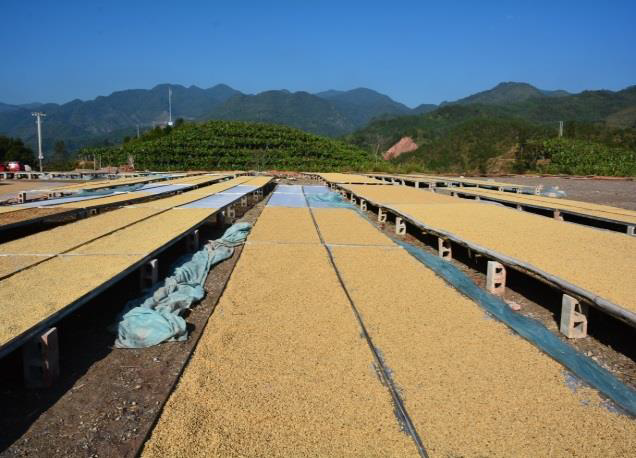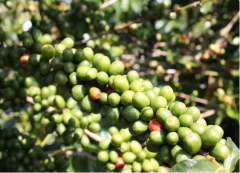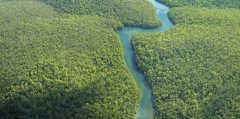What's so unique about the coffee handled by the Guatemala-Nahora Cooperative?
For professional baristas, please follow the coffee workshop (Wechat official account cafe_style)

Guatemala-Nahora Cooperative (nahaula) Coffee Bean Fair Trade Association (FT)
The coffee of Guatemala grows on the cloud belt at high altitude. The climatic conditions such as the large temperature difference between morning and evening make the coffee not grow too fast (because the coffee grows too fast will make the coffee softer and lighter). Coupled with the fertile volcanic soil, the cultivation conditions of Guatemalan coffee are the most ideal in Central American countries, and unlike the coffee beans produced in other Central American countries, the flavor is relatively clean and refreshing. There are more changes in the style of Guatemalan coffee due to different elevations. Antigua, the capital, and Vivette Nanguo Gaotai in the northwest are the two major producing areas, which are full of people's impression of Guatemalan coffee. Antigua coffee has a better richness and subtle smoky taste, while Vivetna fruit highland is characterized by delicate citrus acid.
Most of the high-quality coffee comes from small, small, exquisite estates and farms certified and mentored by the International Association of Coffee organizations. Coffee farmers will not be eliminated only by pragmatic efforts to produce high-quality coffee beans, otherwise low quality large-scale cultivation and low purchase prices will gradually become coffee tenants exploited by traders, which will not be good Guatemalan coffee.
The Nahora Cooperative (nahaula), founded in 1965, is located in the steep coastal mountains of the Pacific Ocean between 1200 and 1500 meters above sea level in southern Guatemala. Today, there are 126 coffee farmers divided into 10 communities. In 1994, they joined the Fair Trade Association and began to obtain certification in 2005. with the help of fair trade association funds and ensuring the purchase price of coffee, members began to improve their lives and began to produce diversified agricultural products. Not only bananas and honey certified with coffee beans are also the main sources of income for Nahora cooperatives. This is a very successful coffee cooperative, which not only improves the quality of life of its members, but also creates more and healthier natural environment and agricultural products.
The proportion of hand-screened defective beans is 4%, the weight loss ratio of roasted to city coffee beans is 13%, and the proportion of empty shell beans to bad beans is 6%. Although it is a traditional Guatemalan volcanic bean (volcanic rock terrain), it is different from the smoky taste of the previous batch of Volcanes manor beans. Nahaula is based on the sweetness of melons and fruits, which is surprisingly thin and clean with a little Yegashev washed beans.

Shallow baking City (fragrance): the Nahora Cooperative is alpine volcanic beans with smaller beans, dehydration should be complete and then explode with a faster heating curve, in order to get the most abundant and special lavender flowers and delicate and stable apple grape acid, the unexpected cleanliness and thinness of the taste is similar to the coffee from the Vivette south fruit platform in northern Guatemala, and the aftertaste of tropical fruit is obvious.
Medium baking (general B): after grinding the beans is the dry aroma of cinnamon, the weak red plum acid will rise after cooking, the taste is already rich in oil ester, and the sweet fruit of guava or banana is made into the best baking degree. The sweet fruit of Huigan slowly melts and disappears in the mouth.
Re-baking (general C): the aroma of chocolate cocoa, the soft and soft sweetness of maltose, the smoky taste of Guatemala floating on the surface of the coffee, when the oil esterification taste reaches the most symmetrical state, with a refreshing BlackBerry acid finish.
Guatemala is the most special coffee producer in Central America, unlike clean and bright Costa Rican coffee or mellow Salvadoran coffee, Guatemalan coffee is unique in its light roasted with special low-weight floral aroma and heavy roasted taste thick and complex, roasted to a slightly strong (Full-City+) full-bodied sweetness with dark chocolate is very suitable with Colombian coffee to make latte and cappuccino.
Important Notice :
前街咖啡 FrontStreet Coffee has moved to new addredd:
FrontStreet Coffee Address: 315,Donghua East Road,GuangZhou
Tel:020 38364473
- Prev

Markara, the best and most important producing area in Honduras, introduces in detail
For professional baristas, please pay attention to the coffee workshop (Wechat official account cafe_style) Honduras-Marcala coffee fair trade association Honduras produces coffee rarely appears in Taiwan's coffee market, but the altitude and temperature changes of coffee growth and fertile soil are the natural conditions for producing good coffee, but in the past because of Honduran coffee
- Next

Description of Colombian Coffee species introduction to the composition of Colombia's ASEMPROGROPE Cooperative
For the exchange of professional baristas, please follow the coffee workshop (Wechat official account cafe_style). This is Asemprogrope's Excelso EP grade fair trade and organic certified coffee in Planadas, Tolima, Colombia. ASEMPROGROPE is a small producers association that began in 2004 and currently includes 23 male and 9 female members. Harvested variety package
Related
- Beginners will see the "Coffee pull flower" guide!
- What is the difference between ice blog purified milk and ordinary milk coffee?
- Why is the Philippines the largest producer of crops in Liberia?
- For coffee extraction, should the fine powder be retained?
- How does extracted espresso fill pressed powder? How much strength does it take to press the powder?
- How to make jasmine cold extract coffee? Is the jasmine + latte good?
- Will this little toy really make the coffee taste better? How does Lily Drip affect coffee extraction?
- Will the action of slapping the filter cup also affect coffee extraction?
- What's the difference between powder-to-water ratio and powder-to-liquid ratio?
- What is the Ethiopian local species? What does it have to do with Heirloom native species?

